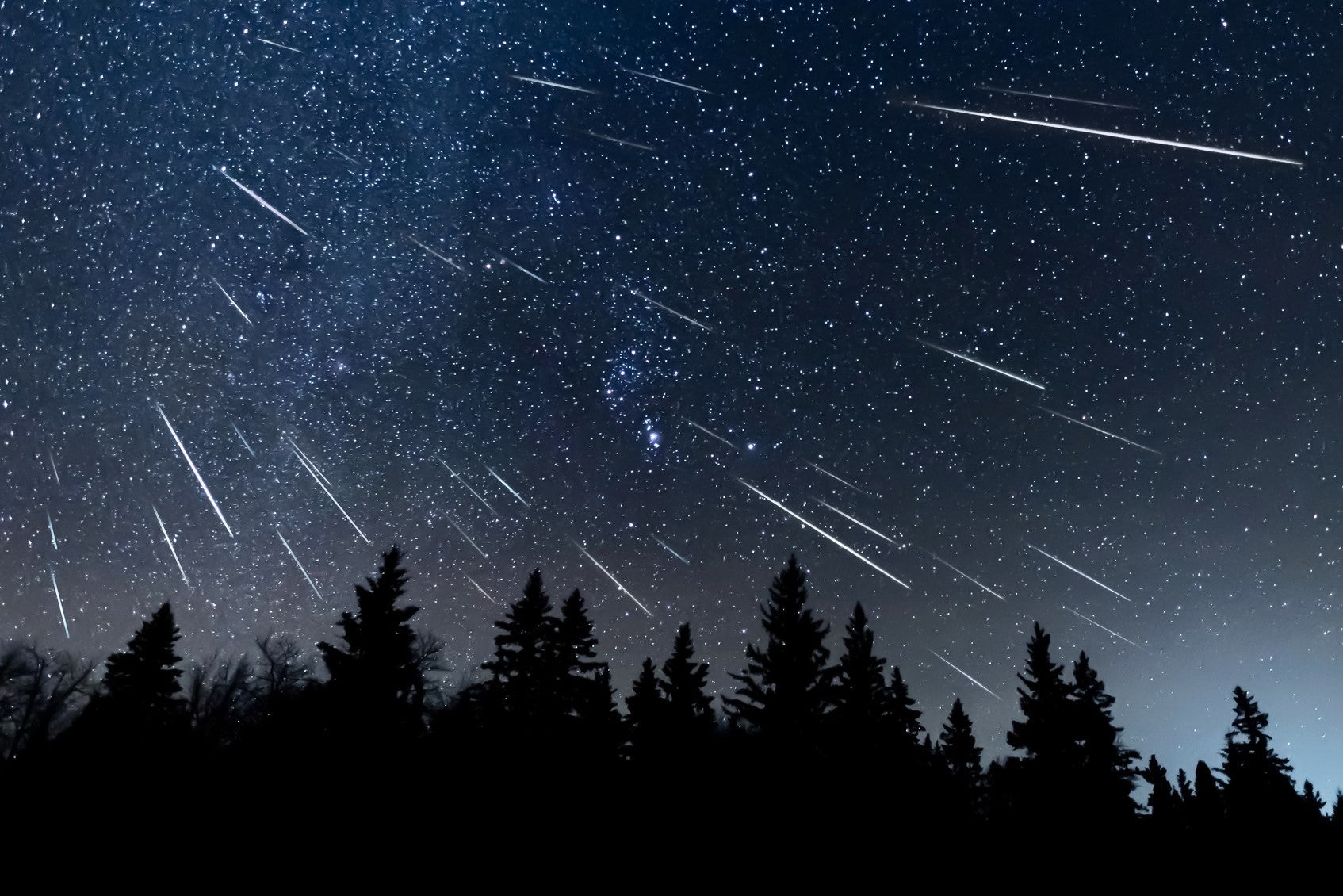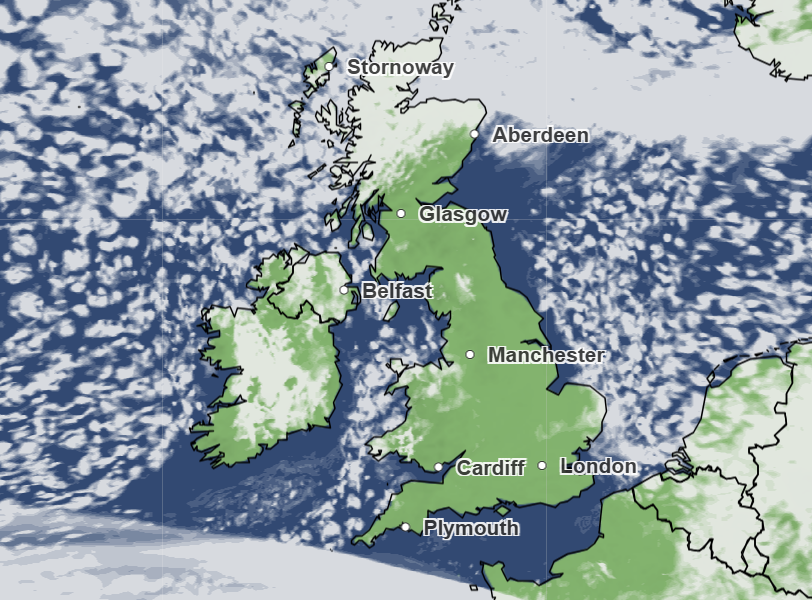Quadrantids 2025: When and where to watch 2025’s first meteor shower in UK
Clear skies in the UK offer perfect viewing condiions for the Quadrantid meteor shower

Your support helps us to tell the story
From reproductive rights to climate change to Big Tech, The Independent is on the ground when the story is developing. Whether it's investigating the financials of Elon Musk's pro-Trump PAC or producing our latest documentary, 'The A Word', which shines a light on the American women fighting for reproductive rights, we know how important it is to parse out the facts from the messaging.
At such a critical moment in US history, we need reporters on the ground. Your donation allows us to keep sending journalists to speak to both sides of the story.
The Independent is trusted by Americans across the entire political spectrum. And unlike many other quality news outlets, we choose not to lock Americans out of our reporting and analysis with paywalls. We believe quality journalism should be available to everyone, paid for by those who can afford it.
Your support makes all the difference.The first meteor shower of the year is expected to deliver up to 80 shooting stars every hour when it peaks this week, astronomers have forecast.
The annual Quadrantid meteor shower will peak on 3 January in the northern hemisphere, though meteors will be visible from Thursday until Sunday, 12 January.
The latest weather forecasts from the Met Office suggest Thursday night will offer the best viewing opportunities, with clear skies expected for most of the UK and Ireland.
No specialist viewing equipment is needed to witness the Quadrantids, with the meteors producing large streaks of light as they burn up in Earth’s atmosphere.
The Quadrantid meteor shower is associated with the near-Earth asteroid (196256) 2003 EH1, with the Earth passing through its trail of debris once a year during its orbit of the Sun.
The meteors travel at around 40 kilometres per second, according to astronomers, burning up at altitudes above 80 km in less than a second.
“They have a pretty strong intensity if you happen to be in the right place at the right time,” said Dr Robert Massey, deputy director of the Royal Astronomical Society.
“If you’re on the west coast of the US, or in the Pacific region, you could see maybe 70 or 80 an hour. If you’re in the UK you’re going to see somewhat fewer than that. But it’s still a strong shower.”

Dr Massey noted that the lack of a full moon in the night sky would make the meteor shower appear even brighter, as there would be less light interference.
The astronomer advises any hopeful stargazers to get as far away from any potential light pollution sources in order to get the best view of the celestial spectacle.
“They won’t be the brightest meteors on the whole, but [the Quadrantids] do include a fair number of fireballs,” he said.
“A fireball is a dramatic sounding thing but what it really means is a really bright meteor. The Quadrantids is a meteor shower which produces that kind of event. So for that reason alone, if you have the time to look out and the weather is good, then do take a look because it’s a perfect New Year treat.”
Join our commenting forum
Join thought-provoking conversations, follow other Independent readers and see their replies
Comments